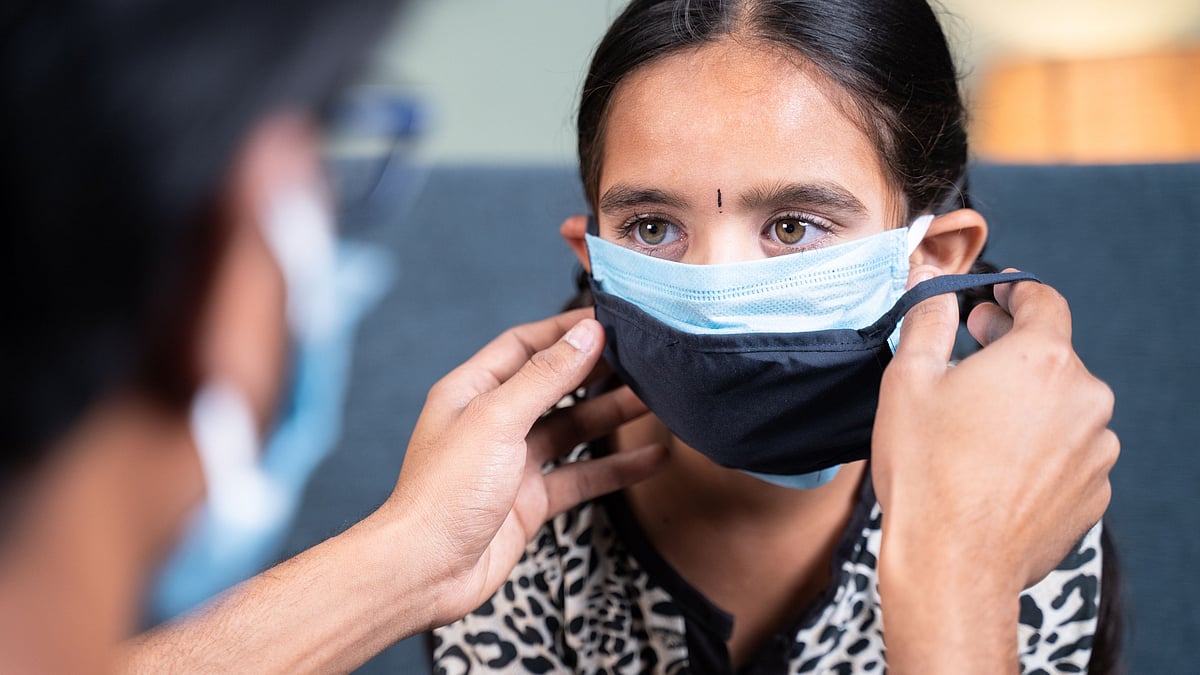
Study Links Omicron To Higher Respiratory Disorder Risk in Children
The study analysed data from over 18,000 children during the Omicron wave of COVID-19.

advertisement
A study from the University of Colorado indicates that the Omicron variant of COVID-19 has a higher chance of causing upper airway infections (UAI) in children, increasing their chances of facing cardiac and other more severe complications.
The study, published in the Journal of the American Medical Association (JAMA), states that children were at a higher risk of UAI which leads to an increased risk of cardiac arrest.
The study was conducted with the aim of finding out if cases of upper airway infections rose in children during the Omicron wave.
The study analysed data from 18,849 children hospitalized with SARS-CoV-2,384 of whom had UAIs. Severe disease occurred in 81 children.
The spread of Omicron has been marked by high transmissibility and low severity.
While doctors state that there hasn't been a significant difference in the numbers of children suffering complex or chronic pediatric health conditions pre-Omicron, the severity of cases has been higher in children.
The study adds, "Children with severe UAI are at risk of cardiac arrest from rapid-onset upper airway obstruction. They may require therapies typically provided in intensive care units, including frequent administration of nebulised racemic epinephrine, helium-oxygen mixtures, and intubation."
Administrations of helium-oxygen mixtures, nebulised racemic epinephrine, and other intensive care measures are usually reserved for patients suffering from moderate-to-severe respiratory distress.
The study goes on to state, "While the rate of SARS-CoV-2 pediatric UAI is not overwhelmingly high, understanding this new clinical phenotype and the potential for acute upper airway obstruction may help guide therapeutic decision-making."
Omicron began to spread in November 2021, with it becoming the dominant strain in December 2021.
The study states that "young children are especially vulnerable to UAI given their small and relatively collapsible airways."
It concludes that "while the rate of COVID-19 and pediatric UAI is not overwhelmingly high, understanding this new clinical phenotype and the potential for acute upper airway obstruction may help guide therapeutic decision-making."
- Access to all paywalled content on site
- Ad-free experience across The Quint
- Early previews of our Special Projects
Published: 20 Apr 2022,11:31 AM IST